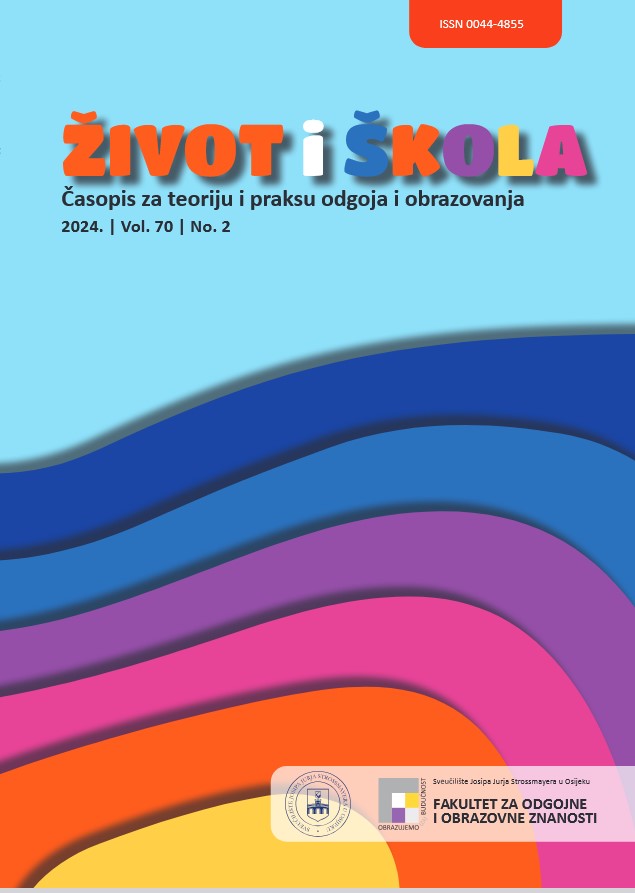METAPHOR IN ELEMENTARY SCHOOL TEACHING OF CROATIAN LANGUAGE AND LITERATURE
DOI:
https://doi.org/10.32903/zs.70.2.9Keywords:
lexical metaphor; conceptual metaphor; stylistic metaphor; textbooks; teaching of Croatian language and literatureAbstract
The metaphorical way of thinking is universal and innate to humans. As a result, speakers take everyday metaphorical statements as natural outcomes of this cognitive process and do not perceive them as figurative but as entirely common. Such widely accepted metaphors are usually referred to as petrified or lexicalised metaphors and function as a lexical mechanism by which the generally accepted secondary meanings of polysemous lexemes are derived. Speakers notice the figurative nature of metaphorical statements only when cognitive metaphorical patterns are used to create an unexpected and unique linguistic connection between two incompatible domains. This process forms the basis for the emergence of metaphor as a stylistic device. This more complex realisation of metaphor is the first to be introduced into the Croatian elementary school curriculum, although its deciphering requires significant creative and intellectual effort, as well as a certain level of maturity. Therefore, in this article, we aim to highlight that it would be more methodologically appropriate to introduce the concept of metaphorical transfer through lexical metaphors—language units familiar to pupils from everyday communication. By using these simple examples, pupils would gradually recognise the connection between two different domains based on similarity, progressively unravel the metaphorical mechanism, and prepare themselves to engage with more complex stylistic metaphors.


